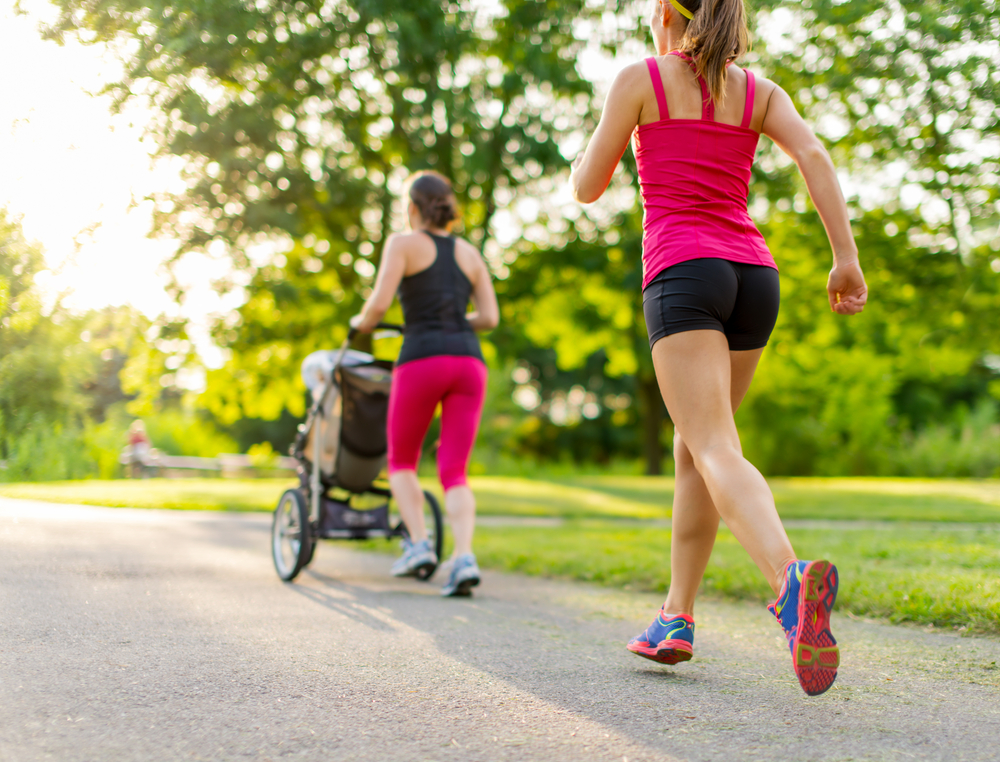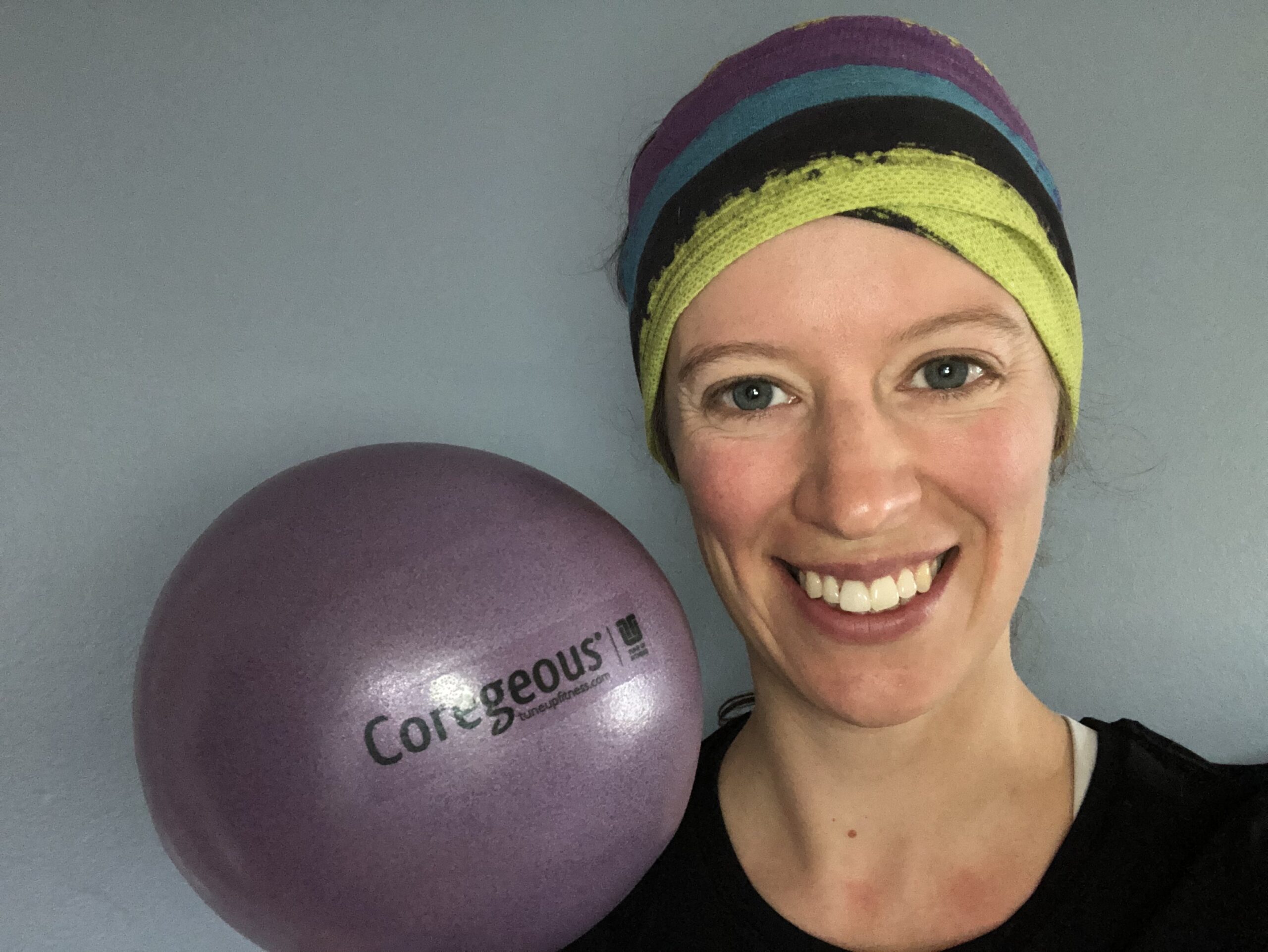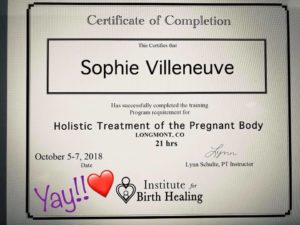One of the things I hear the most from my post partum moms is “No one told me this could happen..!”
Indeed, not many women are informed about what to expect in the pelvic area after baby is born. We spend soooo much time preparing for labour, birth and baby’s care. But once these adorable little humans are out of the uterus, it can be comforting to know what is normal and what’s not. No one needs an additional source of anxiety when trying to take care of a newborn, am I right..?
So here’s a list of the most common pelvic symptoms you may face after delivery:
1- Pain and soreness in the perineum
The perineum refers to the area between your vagina and anus. After all it’s been through, normal that it may feel sore and painful for a few days.
Your best friends will be: ice packs, sitz baths with witch hazel or calendula infusion, witch hazel pads, peri bottle to clean after urination & bowel movement, pain medication if needed.
2- Painful bowel movement, hemorrhoids, blood in stool, constipation
Again, depending on how your birth went (pushing time, baby’s position, baby’s size, use of forceps or vacuum, tearing, etc…), your rectum area may have taken a hit in the process. Totally normal to have some of these symptoms for the first few weeks.
Your best friends will be: anurex (cooling device for the rectum – available to purchase at my clinic), stool softeners, squatty potty (to have a more optimal position on the toilet), ointment (ask your doctor), donut cushion. For constipation: water, fibre & magnesium supplements. For more detailed info about this topic, read my post about bowel health!
3- Difficulty to hold urine, stool or gas
That is to be expected to a certain degree for the first 2 months after baby. You may feel urine coming out with laughing, sneezing or coughing, or even on the way to the bathroom, or at random times. You may feel like you cannot hold gas anymore, and that you have to rush to the bathroom to make it on time when you need to have a bowel movement. These symptoms can be quite embarrassing to deal with, but they should slowly get better over time. Starting on your pelvic floor exercises a few days after birth should speed up your recovery. After 8 weeks, it is not normal to still present these symptoms and you should definitely consult a Pelvic Health PT if that’s the case.
Your best friends will be: pads specifically made for incontinence (such as Poise) – they breath better than menstrual pads and will be less irritant for your skin
4- Vaginal heaviness / feeling that something is falling out of your vagina
For the first few weeks after birth, you may feel like your organs are falling out of your vagina if you stay on your feet too long or go for a walk. My suggestion is to:
- Try and avoid activities that trigger heaviness, and ask your pelvic health PT about how to modify your activities to reduce pressure on your pelvis
- Address any constipation issues – straining on the toilet is a major risk factor for prolapse
- Avoid lifting more than your baby weight for 4-6 weeks – split your loads (ex: grocery bags, wet laundry baskets) and use your support network for domestic tasks
- For families with toddlers: try and explain that mommy can only give hugs while sitting for now, and find creative ways to make them more independent to get into bed / vehicles so you do not have to lift them too often (ex: monkey ropes, ladders, stool to climb onto the bed). If you make it fun and interesting, they are more likely to collaborate 🙂
- Spend 5-10 min with your pelvis elevated when you present heaviness sensations (ex: lying on the floor with calves on the sofa or a chair, and a few cushions under your pelvis to elevate it)
Your best friends will be: anti-gravity pose (calves on a stool with pelvis elevated) or horizontal position when symptoms occur, pacing yourself to avoid triggering symptoms, squatty potty, stool softeners, support network to reduce domestic tasks
5- Intercourse may not happen @ 6 weeks postpartum
OK: first, most couples return to intercourse between 3-6 months after baby is born – those are just the statistics. The famous “6-weeks green light” from the doctor can be quite a source of anxiety for many women, actually. Indeed, some moms feel the pressure to get back to sex ASAP, when in fact they still have lots of healing to do, both physically and emotionally especially if they have experienced birth trauma.
Not to mention that moms may feel exhausted, overwhelmed, anxious or depressed. They may have a low libido, sore nipples, and vaginal dryness from breastfeeding. On top of that, they are figuring out their new role as a mother, their new routine, how to care for their baby, how to heal their body, etc. They are learning to take care of their postpartum body, but they may not feel super sexy while they are figuring it out. How are they supposed to want sex in these conditions?
Now – you have worked up the courage to try intercourse again. You were seeking that connection with your partner and you were also curious to know how it would feel like, especially that your doctor told you that your tear was healed. However, a well healed tear does not necessarily translate in a pain free tear. Some women may have no pain with sex at all after a 2nd degree tear, and some others will barely be able to tolerate penetration after a 1st degree tear. Why is that? Because no one heals the same – some people will have more scar adhesions than others, reducing the mobility of their tissues (which causes pain). Other will have tight pelvic floor muscles as a result of their birth, and this can cause pain too.
Bottom line is: painful sex after birth is a thing! A very common thing, but it does not mean that you should accept it as your new reality. There are so many things we can do to help you, so please do not suffer through and consult 🙂
Your best friends will be: lubricant, Book “Reviving your Sex life after Childbirth” from Kathe Wallace – she shows great massage techniques to help with scars, pelvic health PT consult, Sofia Fortin from the Happy Vagina Project & her Sex After Kids masterclass
I hope I did not scare you with this post – but I just wanted to let you know that these issues are super common after birth, so don’t panic if they happen to you. But most of all, I want you to know that Pelvic Health Physiotherapists ARE YOUR BEST FRIENDS for your postpartum recovery. They will carefully listen to your birth story, let you cry if you need to cry, let you share your concerns without discrediting them. They will ask you all about your urinary, bowel, pelvic pain & sex symptoms, and they will make a plan with you. They will guide you through your recovery, so you are not alone.
You are not alone, mamma, and you deserve the best.
xx
Sophie















